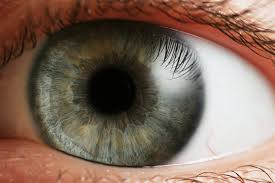Science Daily Report.
“Dec. 18, 2013 — A group of researchers from the UK have used inkjet printing technology to successfully print cells taken from the eye for the very first time.
The breakthrough, which has been detailed in a paper published today, 18 December, in IOP Publishing’s journalBiofabrication, could lead to the production of artificial tissue grafts made from the variety of cells found in the human retina and may aid in the search to cure blindness.
At the moment the results are preliminary and provide proof-of-principle that an inkjet printer can be used to print two types of cells from the retina of adult rats―ganglion cells and glial cells. This is the first time the technology has been used successfully to print mature central nervous system cells and the results showed that printed cells remained healthy and retained their ability to survive and grow in culture.
Co-authors of the study Professor Keith Martin and Dr Barbara Lorber, from the John van Geest Centre for Brain Repair, University of Cambridge, said: “The loss of nerve cells in the retina is a feature of many blinding eye diseases. The retina is an exquisitely organised structure where the precise arrangement of cells in relation to one another is critical for effective visual function.”
“Our study has shown, for the first time, that cells derived from the mature central nervous system, the eye, can be printed using a piezoelectric inkjet printer. Although our results are preliminary and much more work is still required, the aim is to develop this technology for use in retinal repair in the future.”
The ability to arrange cells into highly defined patterns and structures has recently elevated the use of 3D printing in the biomedical sciences to create cell-based structures for use in regenerative medicine.”






